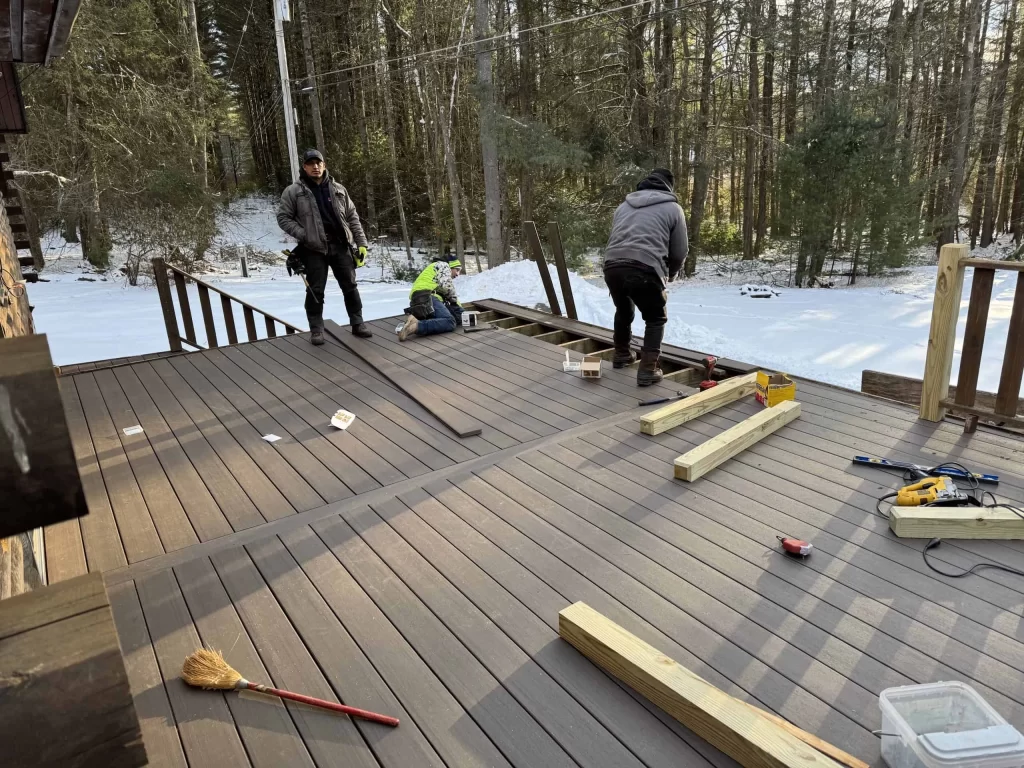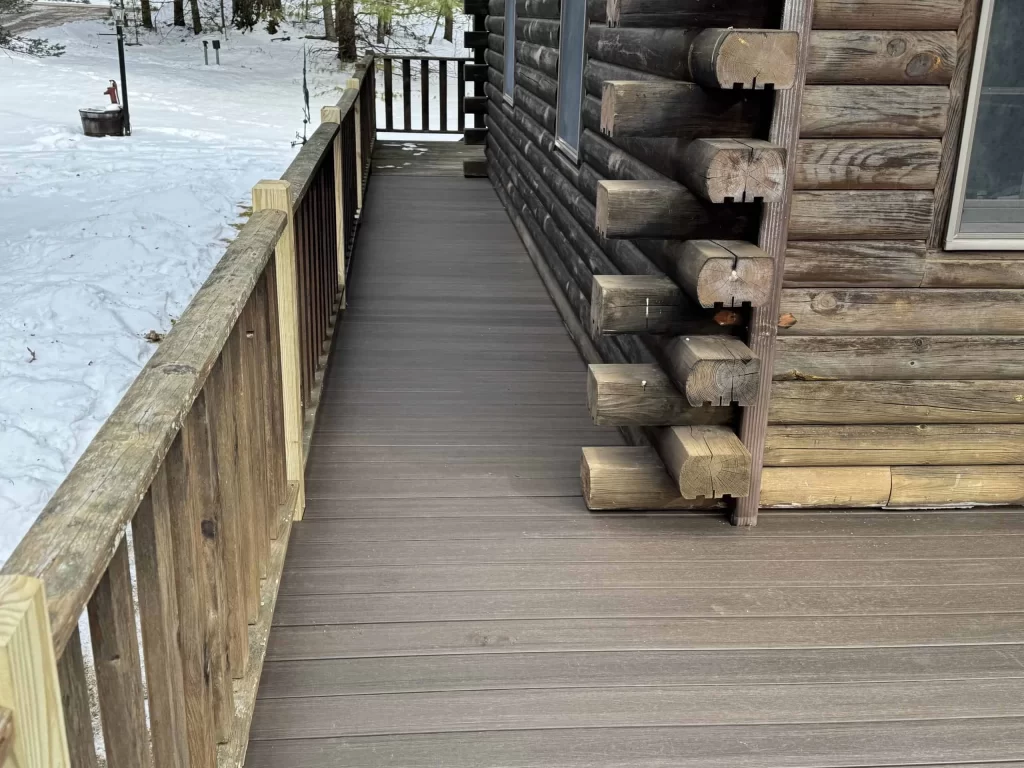Explore the critical structural elements for building a safe and durable deck in Orange and Dutchess County, NY, from local professionals.
Share:
Summary:
The foundation serves as the backbone of any deck structure. In areas like Orange and Dutchess County, where temperatures fluctuate significantly between seasons, a solid foundation becomes even more critical. Deck builders emphasize that footings must extend below the frost line—typically 42-48 inches deep in this region—to prevent movement during freeze-thaw cycles. Concrete footings distribute the deck’s weight evenly into the ground, preventing sinking or shifting over time. The size and number of footings depend on your deck’s dimensions and intended use. For example, a deck designed for hot tubs or outdoor kitchens requires additional support points to handle the extra weight. Local deck contractors calculate these specifications based on soil conditions specific to your property.

The materials you select directly influence your deck’s performance and lifespan. Deck companies throughout Orange and Dutchess County recommend using pressure-treated lumber rated for ground contact or composite decking materials designed to resist moisture, insects, and UV damage. Cedar and redwood naturally contain oils that deter insects, while ipe and other tropical hardwoods offer exceptional density and durability. Many local deck builders note that while wood remains popular for its natural appearance, composite materials have gained favor for their minimal maintenance requirements and impressive 25-30 year lifespans.
Joists form the supporting framework beneath your deck boards and play a crucial role in weight distribution. Deck installation teams typically space joists 12-16 inches apart, with closer spacing for heavier loads or diagonal deck patterns. Each joist connects to the main support beams using galvanized or stainless steel hangers designed to resist corrosion. Custom deck builders often recommend installing blocking between joists at midspan to reduce bouncing and create a more solid feel underfoot. This additional bracing makes a noticeable difference in how sturdy your deck feels when walking across it.
How deck boards attach to the underlying structure significantly impacts both safety and appearance. Deck builders near you typically use stainless steel screws, which resist corrosion far better than standard fasteners in our region’s variable climate. Many deck contractors now offer hidden fastening systems that create a cleaner appearance by eliminating visible screw heads on the deck surface. These systems also reduce the likelihood of wood splitting and minimize potential tripping hazards from raised fasteners. For high-traffic areas, deck construction professionals often recommend reinforcing connections with additional hardware. They’ll also pay special attention to attaching the ledger board—the connection point between your deck and house—using lag screws or through-bolts placed in a specific pattern to distribute force evenly.

Railings serve as both a safety necessity and a design element. Building codes in Orange and Dutchess County require railings on any deck more than 30 inches above grade, with specific requirements for height, spacing between balusters, and load resistance. Materials like powder-coated aluminum, composite, or cable rail systems offer long-term performance with minimal upkeep. Local deck builders frequently incorporate features like integrated LED lighting in stair risers and post caps, which adds both ambiance and improves visibility during evening hours. These thoughtful details make your deck both safer and more functional year-round.
Water poses the greatest threat to deck longevity in our climate. Deck construction experts build a slight slope (about 1/8 inch per foot) away from the house, allowing water to run off rather than pool on the surface. This simple but essential detail prevents moisture damage to both the deck and your home’s exterior. Many deck companies apply water-repellent sealants to protect wood fibers and reduce checking and cracking. For areas beneath elevated decks, drainage systems capture and channel water away, creating dry, usable space below. These systems transform what would otherwise be wasted space into additional outdoor living areas.
Creating a deck that remains safe and durable for decades requires attention to structural details that many homeowners might overlook. From proper foundation work to material selection and precise installation techniques, each element contributes to the final result. Working with experienced deck builders like Gualan Brothers Home Remodeling Corp. in Orange and Dutchess County gives you access to local knowledge about what works best in our specific climate and conditions. For more information about building a new deck or evaluating an existing structure, contact us to discuss your outdoor living goals.